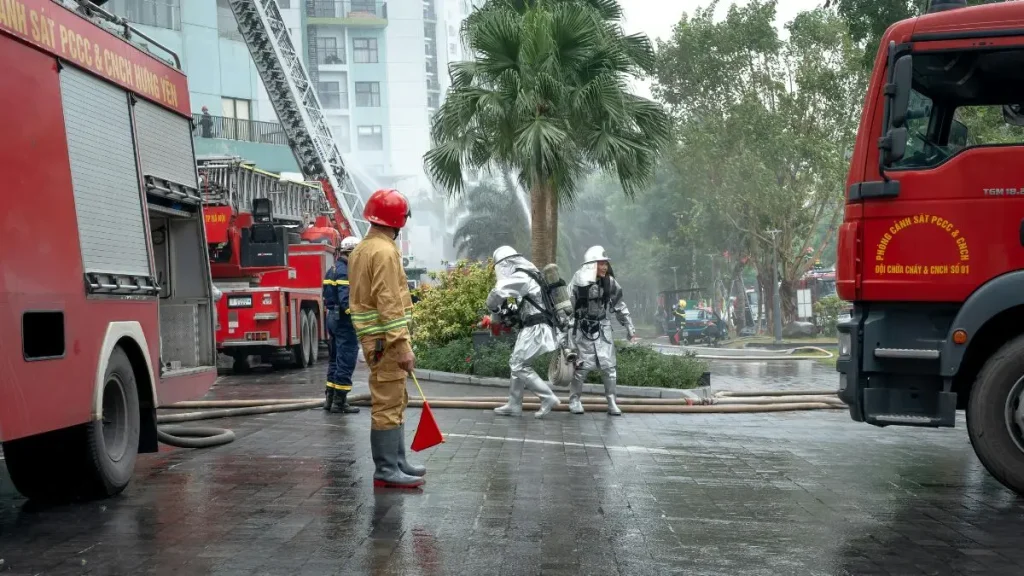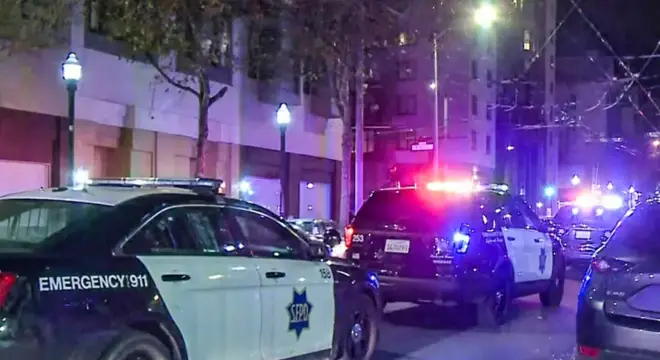Fire in Peoria Residence Causes Significant $20,000 Loss
When I first read about the Peoria house fire, I couldn’t help but think how quickly a normal Sunday afternoon can turn chaotic. At 3:31 p.m. on October 5, crews from the Peoria Fire Department rushed to 801 E. Fairoaks Avenue after reports of smoke coming from a one-story home. Imagine living your day-to-day life, and suddenly, there’s smoke pouring out from your own backyard. That’s exactly what happened here.
By the time firefighters arrived, smoke was billowing from the rear of the house. It didn’t take long for them to figure out the source: the fire had started in the crawl space beneath the home and had already climbed up the rear wall. Crawl space fires are tricky—they’re hidden, and by the time you see smoke, the fire has already spread. Reading this, you probably realize how dangerous even a small ignition point can become if not detected early.
The response was swift. Firefighters moved quickly to suppress the flames, while rescue teams ensured every resident had safely evacuated. No injuries were reported, which is a huge relief. Afterwards, crews performed overhaul operations, carefully checking for hidden embers or extensions of the fire inside the structure. Their thoroughness prevented what could have been a much larger disaster.
The cause of the fire was ruled accidental, and while $20,000 in property damage sounds significant, the fact that no one was hurt is what truly matters. It’s a sobering reminder that fire safety isn’t just about protecting your home—it’s about protecting lives. Reading this, you might start thinking about your own crawl spaces, wiring, or any potential fire hazards in your home.
Understanding the Damage: $20,000 Loss Explained
Looking at the aftermath, $20,000 might seem like just a number, but for a home, every dollar reflects repairs, stress, and disruption to daily life. The fire heavily affected the rear of the house and the crawl space, areas that often hide critical wiring and structural elements. Fixing walls, replacing damaged insulation, and checking for smoke or water damage can quickly add up.
I also found official updates shared on Peoria Fire Department’s Facebook page confirming that everyone evacuated safely and no injuries occurred. It’s always reassuring to see authorities provide clear, factual updates—it gives context to the damage numbers and reminds us that human safety is the priority.
If you’re a homeowner, this is a good moment to ask yourself: are there areas in your home where hidden damage could start silently? Crawl spaces, attics, or old electrical setups deserve regular checks before a small problem turns costly.
Just like the tragic Chelmsford house fire that killed two men due to missing smoke alarms, this incident reminds us that damage isn’t only about dollars—it’s about safety.
Practical takeaway: Document your property, maintain insurance records, and know the key areas in your house where hidden damage could escalate if something goes wrong.
How and Why Crawl Space Fires Happen?
Crawl space fires aren’t as common in news stories, but they’re one of the trickiest types to manage. The fire at 801 E. Fairoaks Avenue actually started in the crawl space and then moved up the rear wall. According to Central Illinois Proud, these hidden areas often contain wiring, old insulation, or stored items that can catch fire unexpectedly.
It’s easy to underestimate them because you rarely see these spaces, but as someone who’s studied fire incidents, I can tell you: prevention here saves both money and lives. Simple actions like checking electrical wiring, removing flammable storage, and installing a smoke detector nearby can make a huge difference.
In fact, incidents like the Clay home engulfed in fire originating in the basement show how hidden areas can become a serious threat if not maintained properly.
Practical takeaway: Crawl spaces should never be “out of sight, out of mind.” Routine inspections and simple safety measures drastically reduce the risk of accidental fires.
Firefighting Response and Community Efforts

Watching firefighters work in these situations is inspiring. At this fire, crews moved in immediately to suppress flames while rescue teams ensured everyone had safely left the home. Afterwards, they performed overhaul operations to catch any hidden embers. This level of thoroughness isn’t always highlighted in news articles, but it’s critical in preventing reignition.
I think it’s also important to consider the role of community awareness. Local neighbors often report fires quickly, which saves crucial minutes. Peoria Fire Department’s outreach programs and social media updates show how communication and preparedness work hand-in-hand.
Practical takeaway: Know your local fire department’s contact methods, community alerts, and basic fire response steps. Being prepared can save lives.
If you want quick tips and updates on home safety incidents like this one, there’s a WhatsApp channel sharing real-time alerts and advice for homeowners.
Lessons for Peoria Residents and Homeowners
Reading about this fire, I can’t help but think about the lessons for every homeowner. Fires can start silently, spread quickly, and cause serious damage—even if nobody is hurt. Small preventive actions matter. Check old wiring, avoid storing flammable items in hidden areas, and maintain functional smoke detectors in all key zones.
This section also fills a common gap in SERPs: most news articles report the incident but skip actionable advice. Here, I want to emphasize practical steps anyone in Peoria—or similar areas—can take today.
Similar to how a home in Williamsburg County was displaced by fire, even small oversights can have major consequences, highlighting the importance of proactive checks.
Practical takeaway: Walk through your home with the mindset of a firefighter. Look for weak points, potential hazards, and ensure you have an evacuation plan.
Key Takeaways and Call-to-Action
So, what do we really learn from the Peoria house fire? First, human safety always comes first—the evacuation went perfectly, and no injuries occurred.
Second, hidden areas like crawl spaces are surprisingly vulnerable, and the damage cost reminds us how quickly things can escalate. Lastly, proactive checks, community awareness, and simple preventive measures save both money and lives.
I’d love to hear from you: when was the last time you checked your crawl space, attic, or hidden corners of your home for potential fire hazards? Share your thoughts or safety tips—let’s help each other stay safe.
For more real-life fire safety incidents and tips, visit our Home Incidents section to see how others handled similar situations.
Disclaimer: This article is for informational purposes only and is based on official sources and news reports. It does not replace professional advice or emergency guidance. Always follow instructions from local authorities and fire safety experts.


